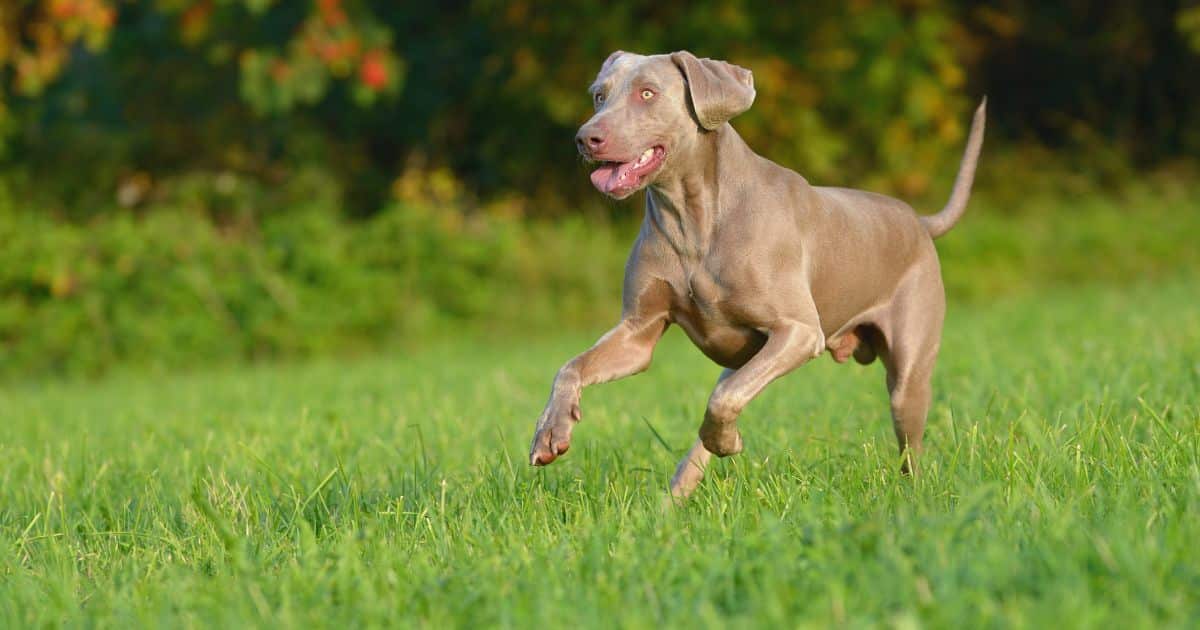 Shutterstock
Shutterstock
Bringing a dog into a home with a cat can sometimes feel like brokering peace between two rival nations. While many dogs and cats can coexist peacefully, some breeds are too rambunctious, territorial, or high-energy to be a good match for feline companions. Certain dogs have strong prey drives, a history of working as hunting dogs, or personalities that might clash with an independent, aloof cat. If you’re a cat owner considering adding a dog, knowing which breeds may not blend well with your feline friend is essential.
Siberian Husky
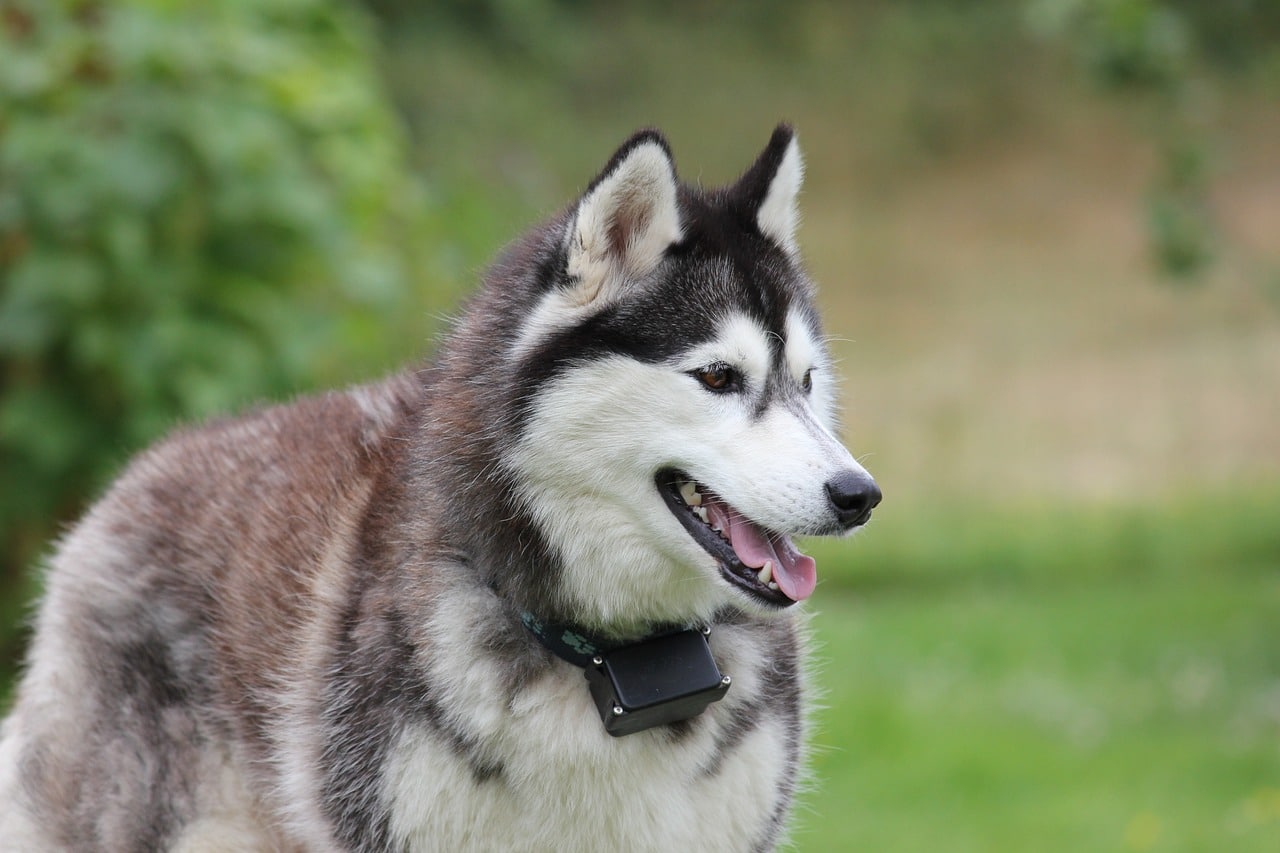 Shutterstock
Shutterstock
Siberian Huskies are known for their striking looks, boundless energy, and independent nature. However, they are also notorious for their high prey drive, which can make them a nightmare for cats. Bred as working dogs, Huskies have an innate desire to chase, and small animals like cats often trigger this instinct. While some Huskies can learn to live peacefully with cats, many are simply too excitable and curious to leave their feline housemates in peace. With a strong will and high energy, a Husky’s constant need to run, explore, and chase could spell trouble for any cat that values personal space.
Greyhound
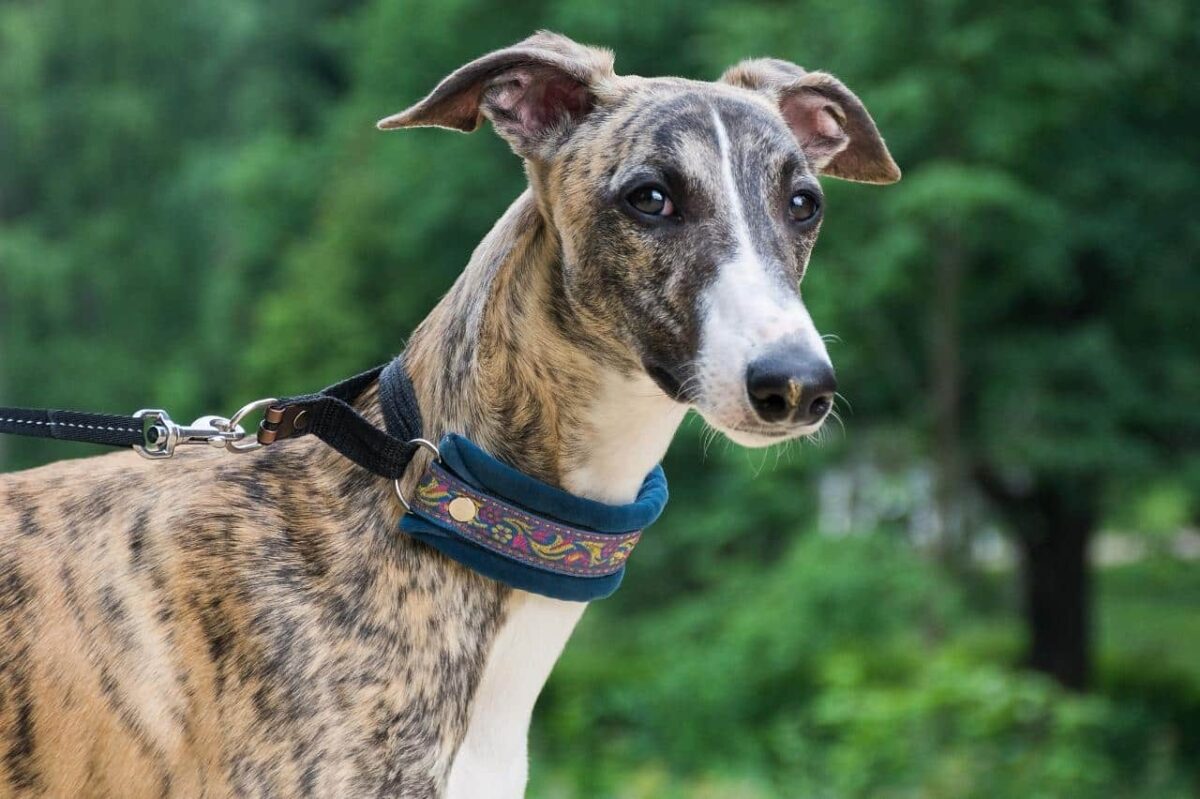 Shutterstock
Shutterstock
As one of the fastest dog breeds, Greyhounds have a long history as hunting dogs. Though they are known to be gentle and calm with their human companions, their instinct to chase anything that moves—including cats—can be overwhelming. Greyhounds are sighthounds, meaning they rely on their incredible vision and speed to catch prey, and a quick-moving cat might be too tempting to ignore. While some Greyhounds may be able to coexist with cats, their strong chase instinct often makes it a difficult match. A cat looking for a peaceful nap might not appreciate the Greyhound’s need for speed.
Jack Russell Terrier
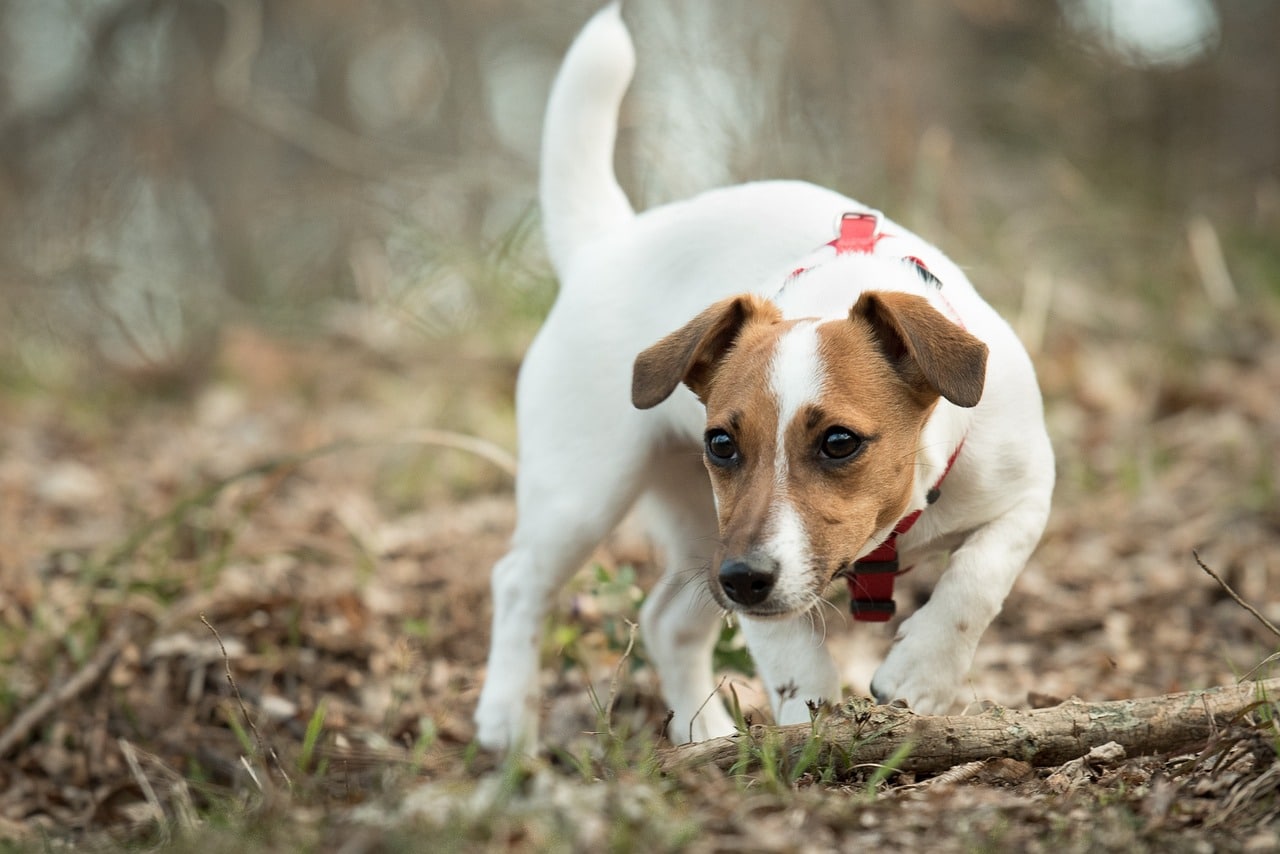 Shutterstock
Shutterstock
Jack Russell Terriers are small but mighty, packed with energy and curiosity. Bred to hunt small game, these terriers have a relentless prey drive that makes them less than ideal cat roommates. Jack Russells are known for their persistence and determination, which helped them excel in their original role as working dogs. However, these same traits can lead to the constant pestering of any feline housemates. Jack Russells are always on the move, and their high-energy antics may be too much for a cat to handle, especially when the terrier decides the cat is a target for play or chase.
Alaskan Malamute
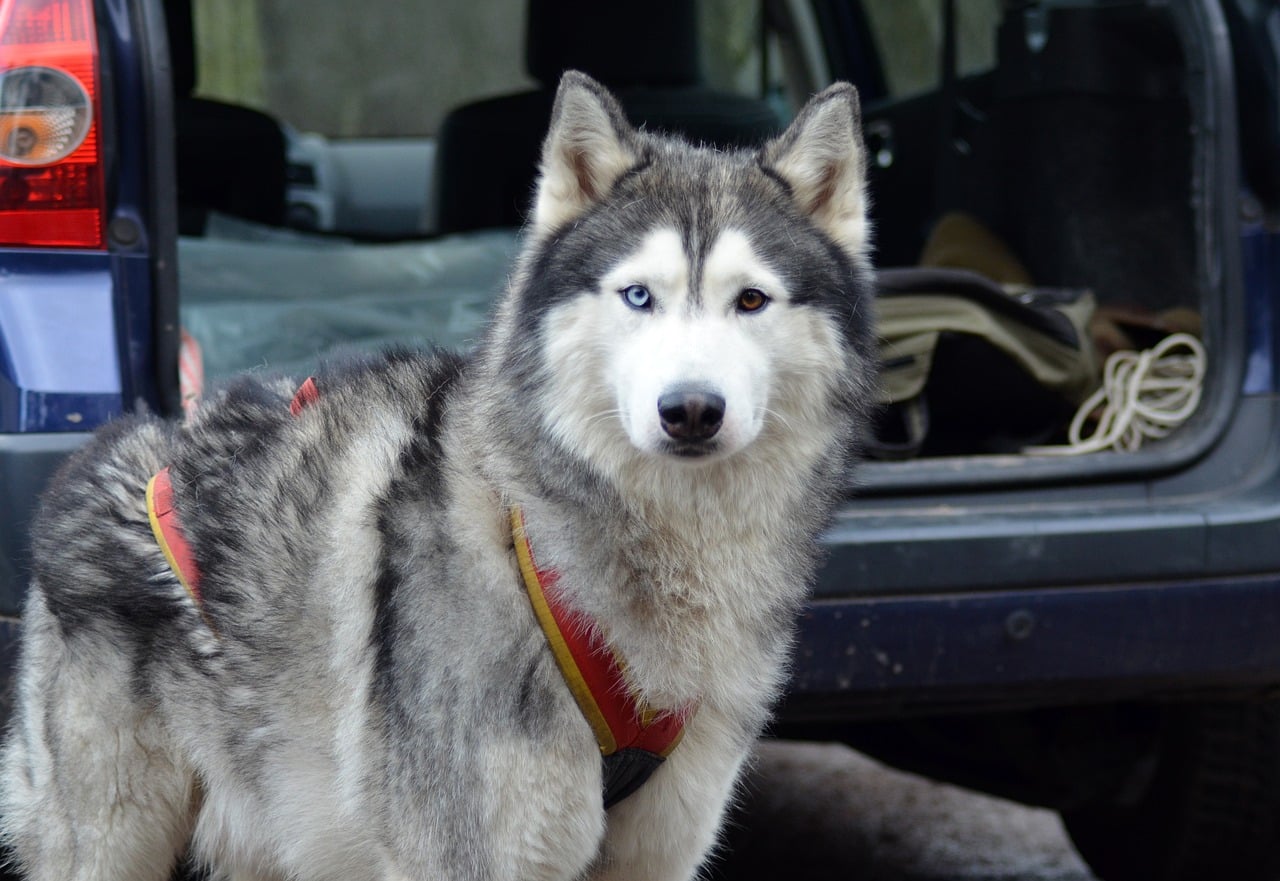 Shutterstock
Shutterstock
Like their Husky cousins, Alaskan Malamutes are powerful, independent dogs with a high prey drive. They were bred for sledding and working in harsh environments, and their strong hunting instincts remained intact. Cats can easily trigger a Malamute’s desire to chase and hunt, and their large size means that even a playful interaction could quickly overwhelm a cat. Malamutes are known for being stubborn and strong-willed, making them difficult to train when it comes to leaving small animals alone. If you’re a cat owner looking to add a Malamute to your family, be prepared for a challenge.
Beagle
 Shutterstock
Shutterstock
Beagles are friendly and lovable, but their history as hunting dogs means they have a strong prey drive. These dogs were bred to track and chase small game, which makes them naturally inclined to go after anything that moves—including cats. While Beagles are typically gentle and good-natured with humans, their nose often gets the best of them, leading them to follow their scent instincts rather than respect a cat’s boundaries. This can result in a lot of unwanted sniffing, chasing, and potential conflict between the Beagle and the cat.
Scottish Terrier
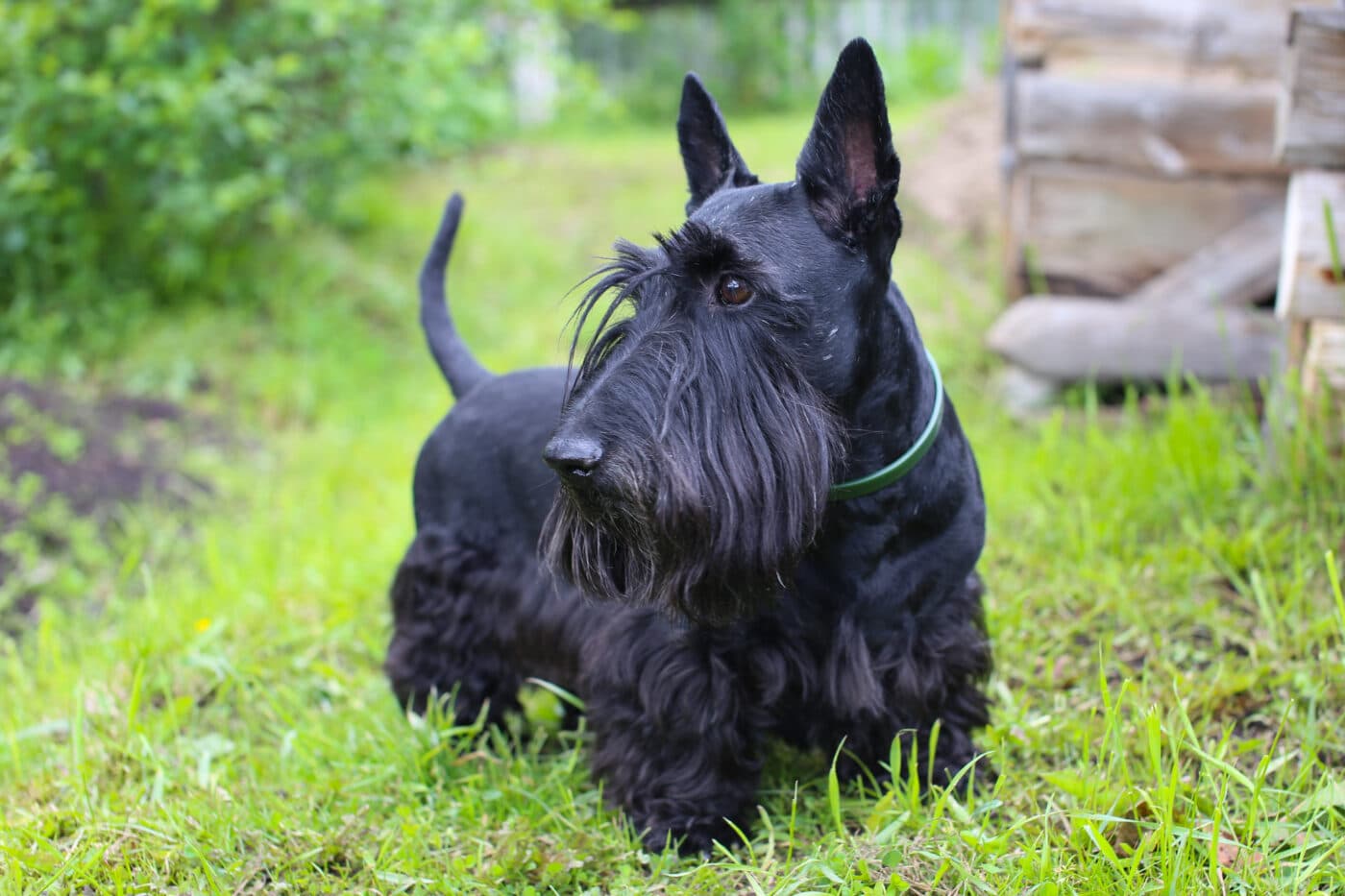 Shutterstock
Shutterstock
Scottish Terriers are confident, independent, and full of personality, but their strong prey drive can make them difficult for cats to get along with. Originally bred to hunt vermin, Scotties are known for their tenacity and determination, often extending to their interactions with other animals. A cat running across the room may trigger the terrier’s hunting instincts, leading to a chase. Scottish Terriers also tend to be territorial, which can lead to friction in multi-pet households. Their bold nature and tendency to assert dominance can make it hard for a more reserved cat to feel at ease.
Afghan Hound
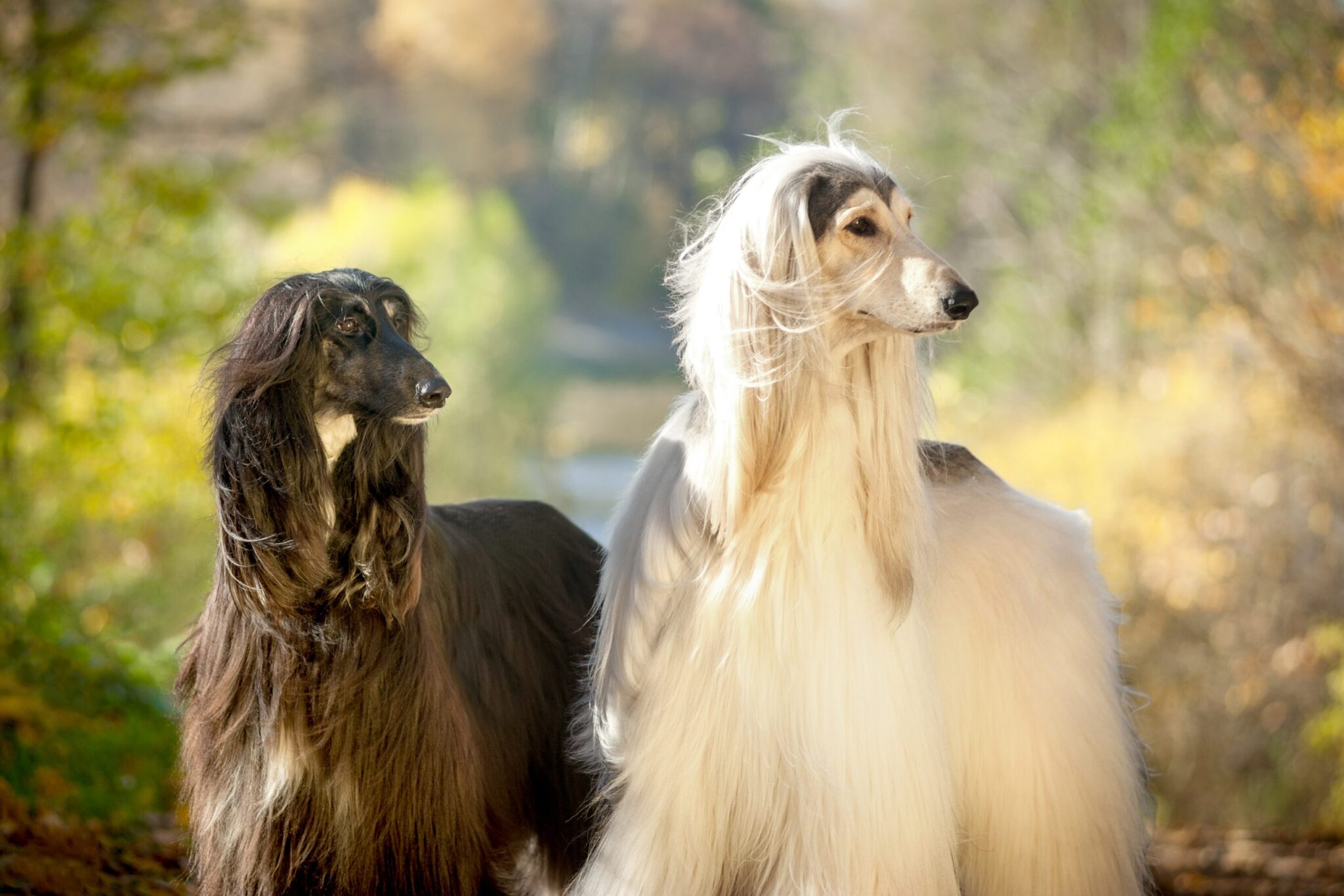 Shutterstock
Shutterstock
The Afghan Hound is an elegant, graceful breed with a history as a hunting dog. Known for their aloof personalities and high prey drive, Afghan Hounds are not the best match for homes with cats. Their instinct to chase small animals is strong, and they may view a cat as something to pursue. While Afghan Hounds are typically reserved and independent, their hunting instincts can lead them to become fixated on anything that moves quickly, like a cat darting through the house. Their independent nature also makes them difficult to train when it comes to curbing these instincts.
Dalmatian
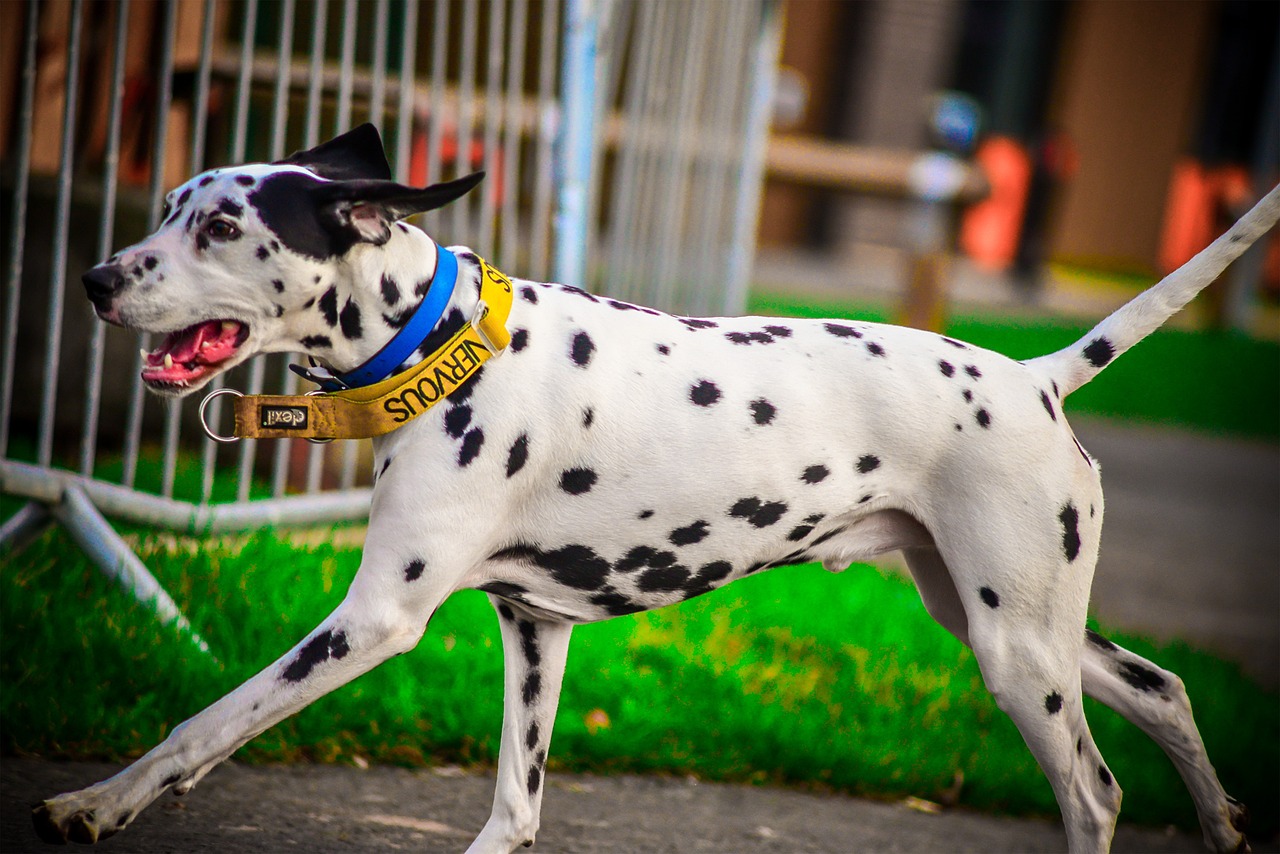 Shutterstock
Shutterstock
Dalmatians are energetic and playful, but their high energy levels and strong prey drive can make them a bit too much for cats to handle. Bred as working dogs with a history of guarding and chasing, Dalmatians may view cats as something to chase or harass. While they are known for being friendly and affectionate with humans, their rambunctious nature can easily overwhelm a more introverted cat. Dalmatians need plenty of physical and mental stimulation; if they don’t get it, they may direct their pent-up energy toward their feline housemates.
Bull Terrier
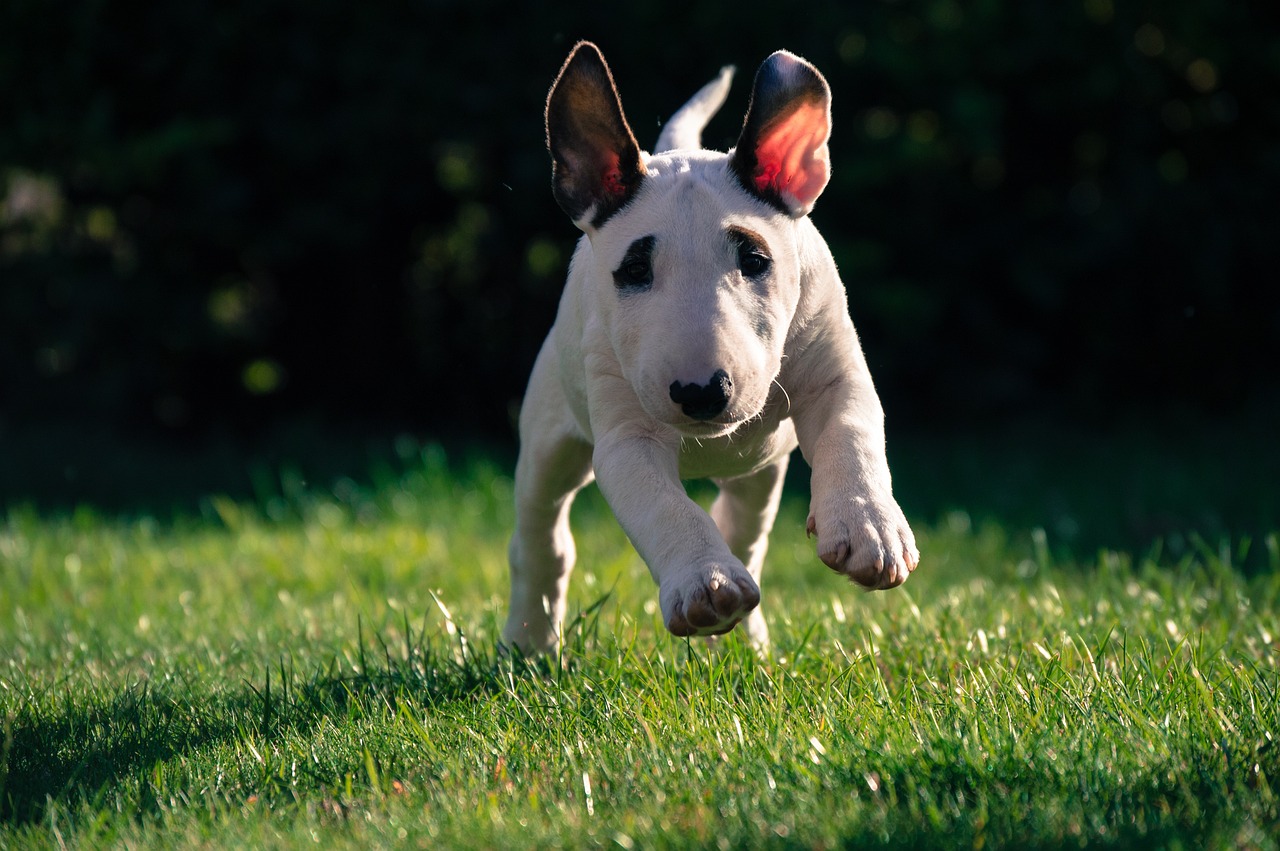 Shutterstock
Shutterstock
Bull Terriers are strong, muscular dogs with a lot of energy and a strong prey drive. While they can be affectionate and loyal to their human families, their rough-and-tumble play style and tendency to chase can make them a challenging breed to have around cats. Bull Terriers are known for being stubborn and determined, and they may not take “no” for an answer when it comes to interacting with a cat. Their strong jaws and excitable nature make them better suited for homes without small animals that could trigger their chase instinct.
Shiba Inu
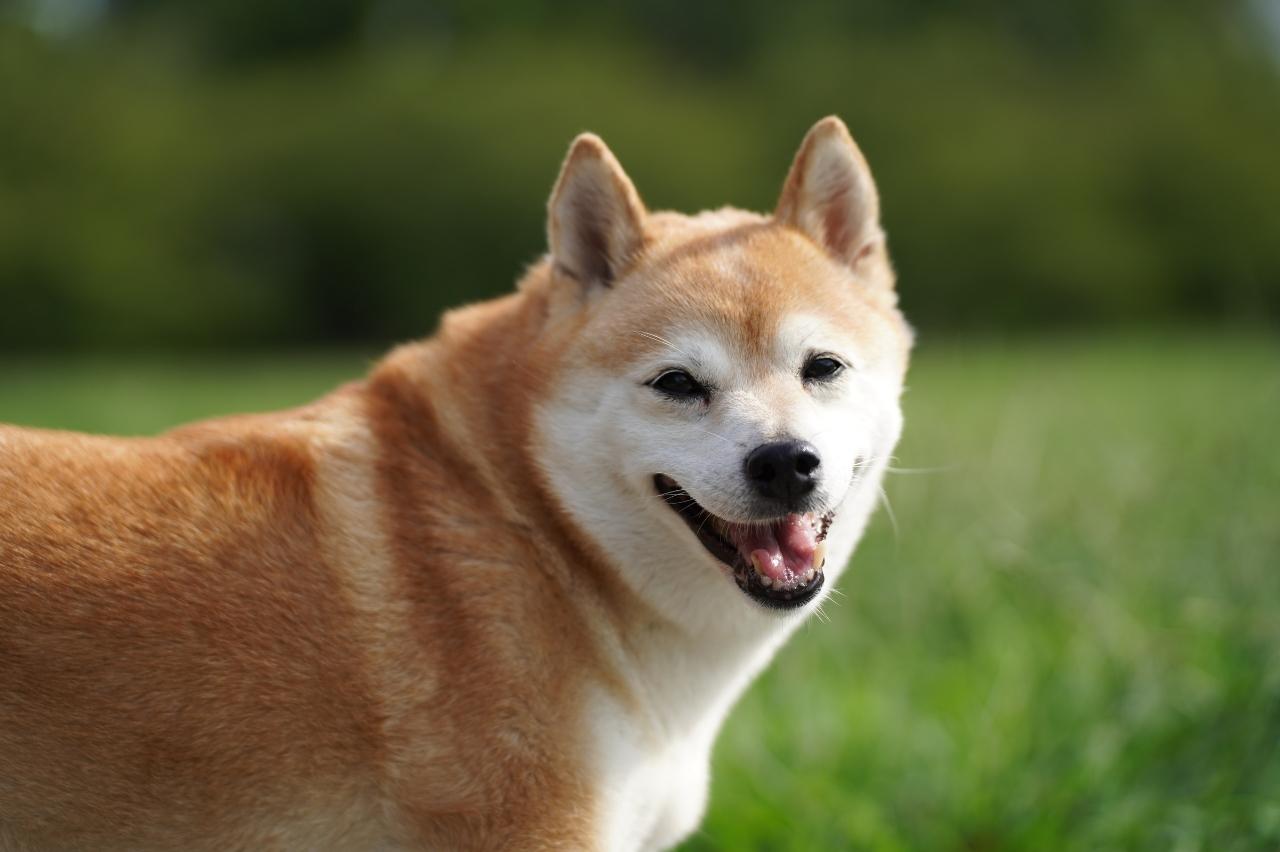 Shutterstock
Shutterstock
The Shiba Inu is a breed known for its independence and strong-willed nature. While they can be affectionate with their human families, Shibas are also known for being territorial and having a high prey drive. This can make them a difficult breed to introduce to a home with a cat. Shiba Inus are naturally curious and may view a cat as something to chase or assert dominance over. Their strong personalities and desire to be in control can create tension in a multi-pet household, especially if the cat prefers peace.
Whippet
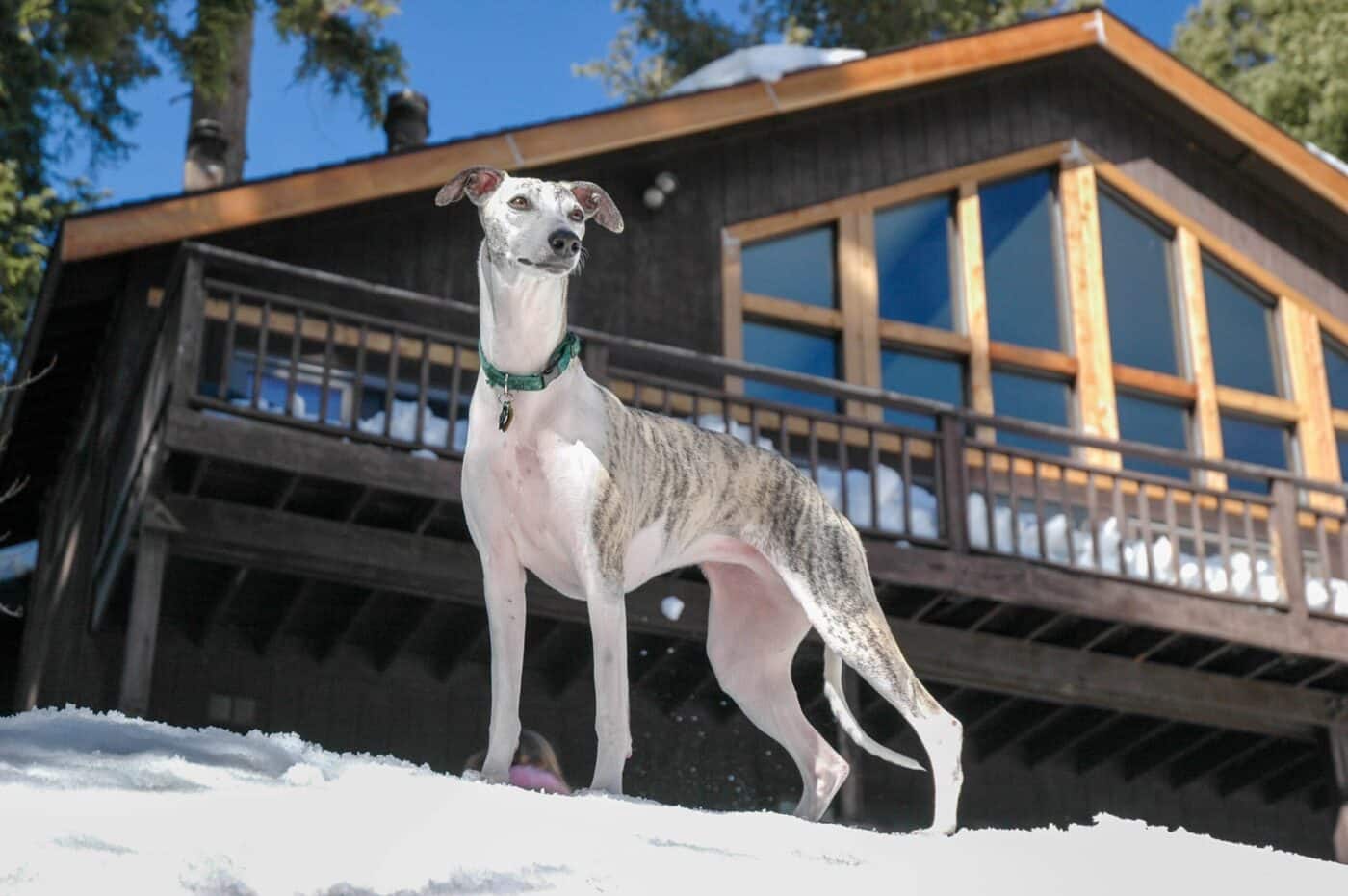 Shutterstock
Shutterstock
Whippets are another sighthound breed with a strong chase instinct, making them less than ideal for homes with cats. Like Greyhounds, Whippets are bred for speed and have an incredible ability to chase down small animals. While they are gentle and affectionate with their human families, Whippets may view a fast-moving cat as something to pursue. Their instincts make it difficult for them to coexist peacefully with cats, especially if the cat enjoys darting around the house. However, some Whippets can learn to live harmoniously with feline companions with proper training and supervision.
Fox Terrier
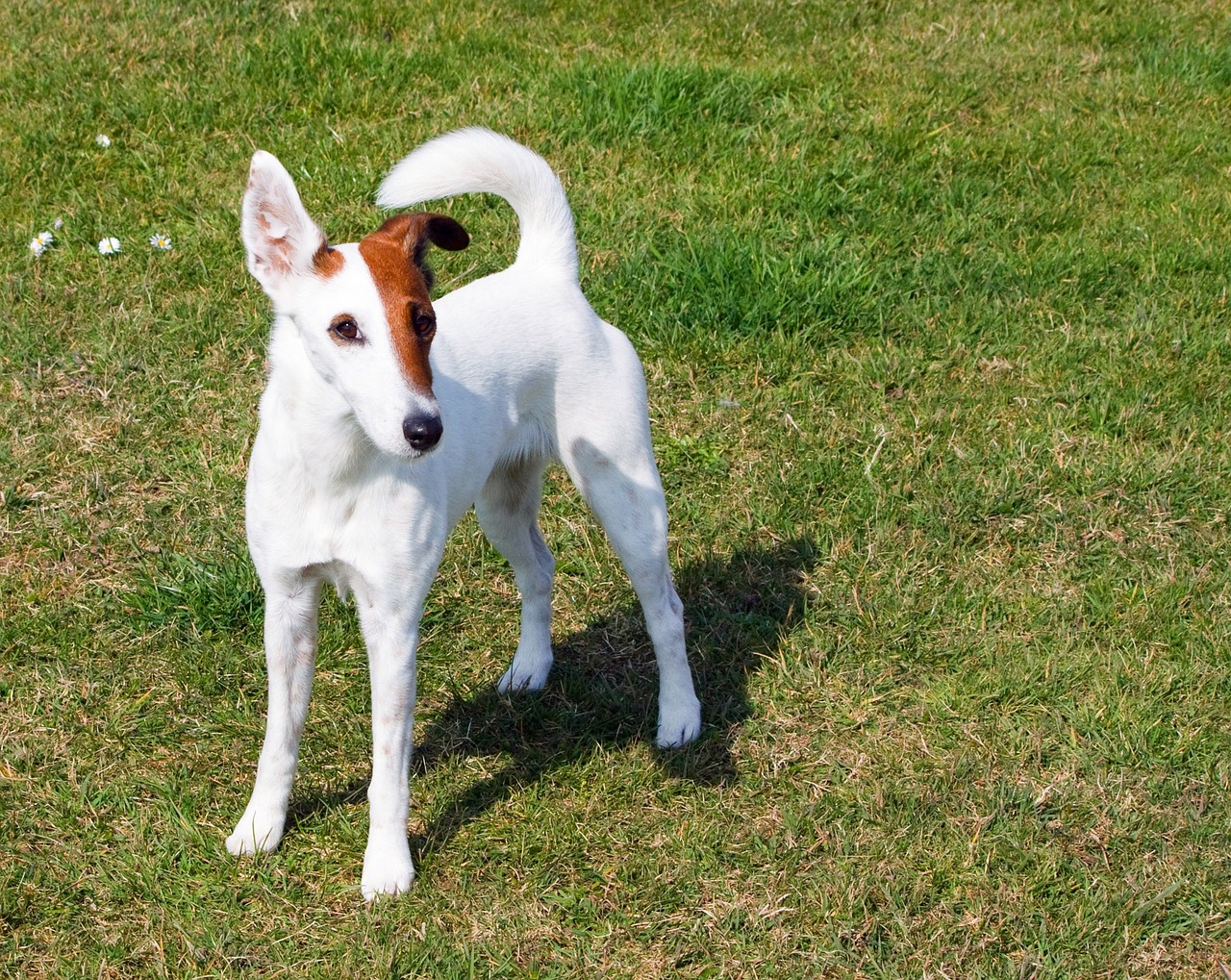 Shutterstock
Shutterstock
Fox Terriers are small, energetic dogs with a strong prey drive and a history of hunting small game. This makes them a challenging breed to have around cats. Fox Terriers are tenacious and determined, traits that helped them excel in their original role as hunting dogs. However, these same traits can lead to constant pestering or chasing of any feline housemates. Fox Terriers are always on the move, and their high-energy nature may be too much for a cat that values quiet. Their bold personalities can also create friction in a multi-pet household.
Australian Cattle Dog
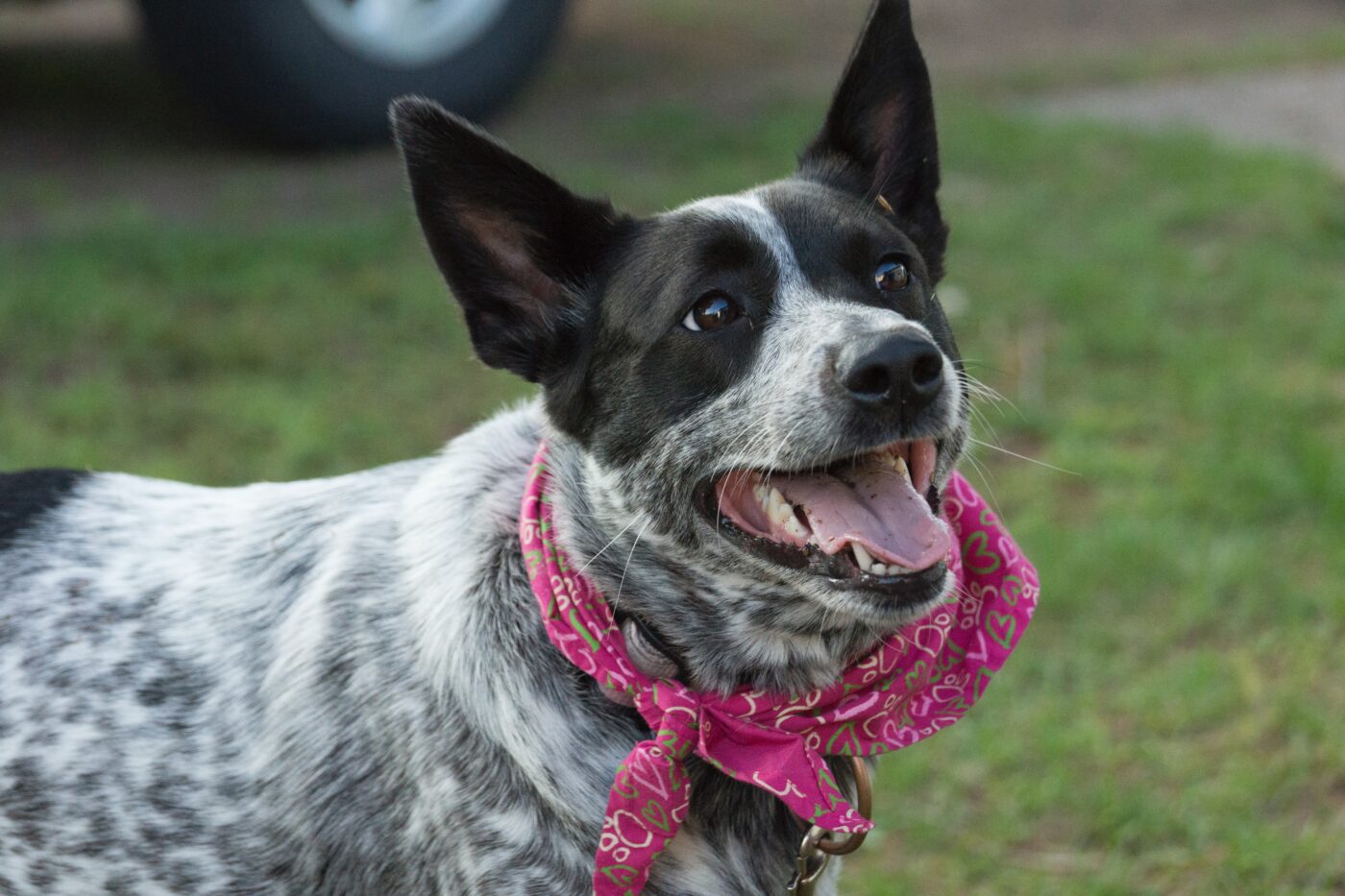 Shutterstock
Shutterstock
Australian Cattle Dogs are intelligent, hardworking dogs with a lot of energy and a strong herding instinct. While they are loyal and protective of their human families, their herding tendencies can make them a difficult breed to have around cats. Cattle Dogs may try to “herd” cats, leading to chasing, nipping, and unwanted interactions. Their high energy levels and need for constant stimulation can also overwhelm a more reserved cat. While Australian Cattle Dogs are excellent working dogs, their strong instincts can make them a challenging breed to introduce to a home with feline companions.
Border Collie
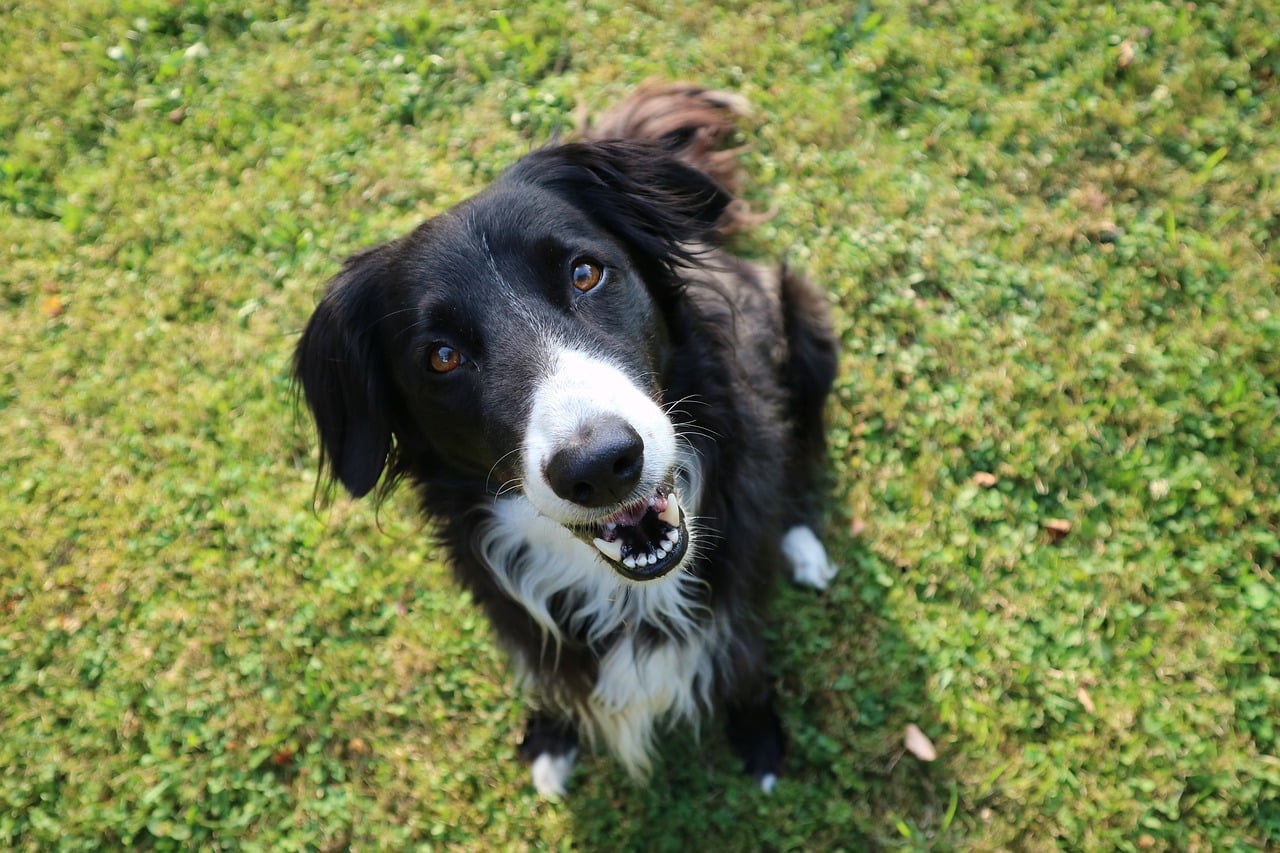 Shutterstock
Shutterstock
Border Collies are among the most intelligent dog breeds, known for their incredible work ethic and herding instincts. However, these same instincts can make them a nightmare for cats. Border Collies tend to “herd” anything that moves, including cats. Their intense focus and high energy levels mean they might constantly chase or attempt to corral their feline housemates. While they are fantastic working dogs and highly trainable, Border Collies’ need for mental stimulation and control can easily overwhelm a cat that prefers a calmer environment.
Weimaraner
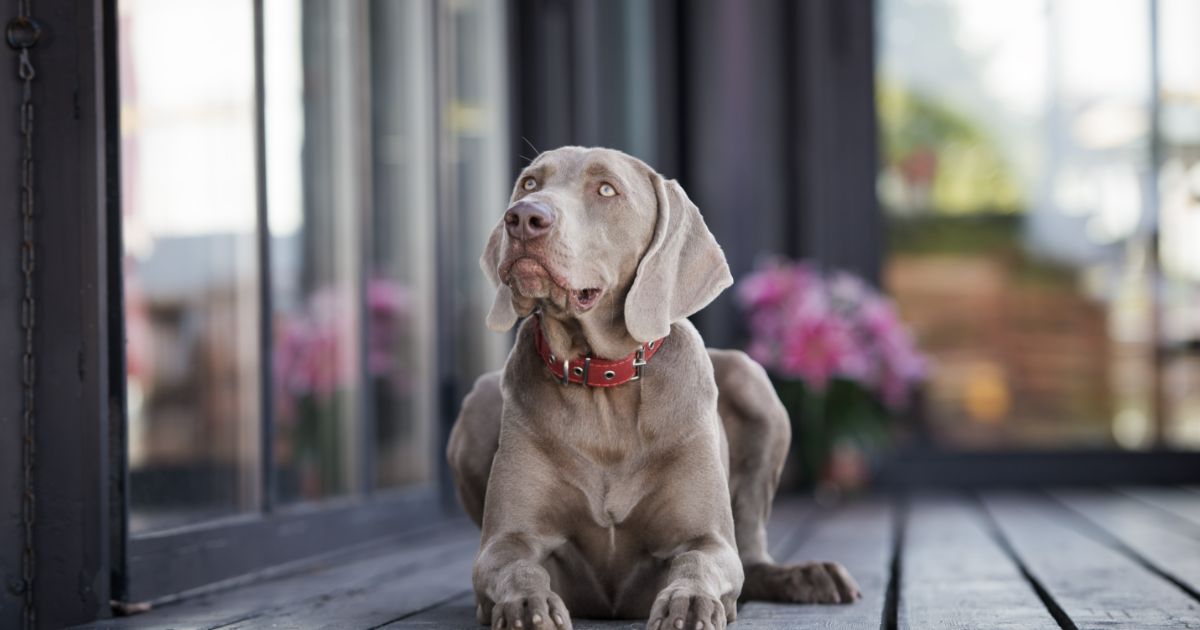 Shutterstock
Shutterstock
Weimaraners are strong, athletic dogs with a high prey drive that makes them less than ideal for homes with cats. Originally bred for hunting, these dogs have an instinct to chase anything that moves, and cats often trigger that instinct. Weimaraners are known for being loyal and affectionate with their human families, but their high energy and need for stimulation can make them overly excitable around smaller animals. A Weimaraner’s tendency to chase, coupled with their strong build, means they could easily overwhelm a more timid or independent cat.
Rottweiler
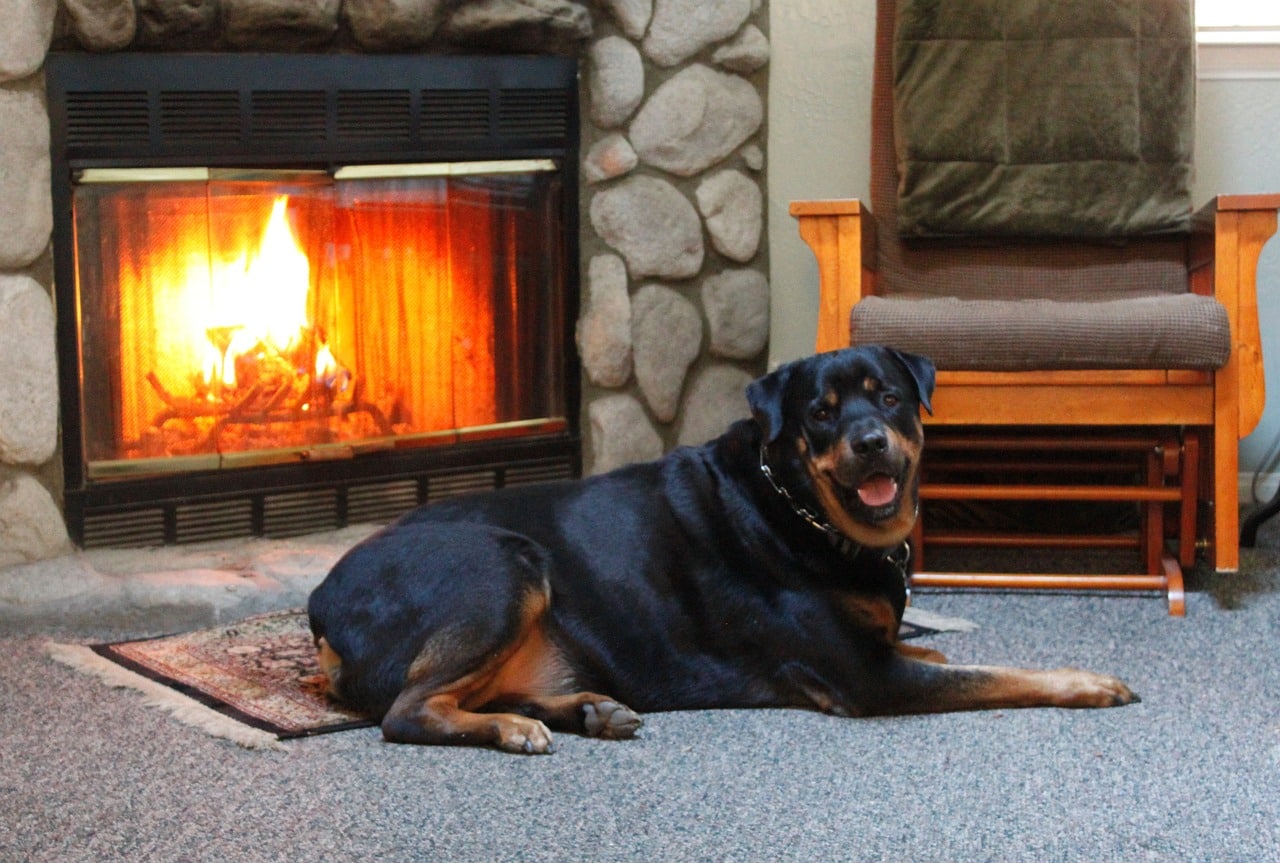 Shutterstock
Shutterstock
Rottweilers are strong, confident, and protective dogs, making them excellent guard dogs and family companions. However, their protective instincts can extend to the point where they see smaller animals like cats as something to control or dominate, rather than befriend. Their powerful prey drive may also come into play, with the Rottweiler instinctively chasing after smaller creatures. Although with proper training and early socialization, Rottweilers can learn to coexist with cats, their natural inclination towards vigilance and dominance may make it challenging for them to form a peaceful relationship with a cat.
Great Dane
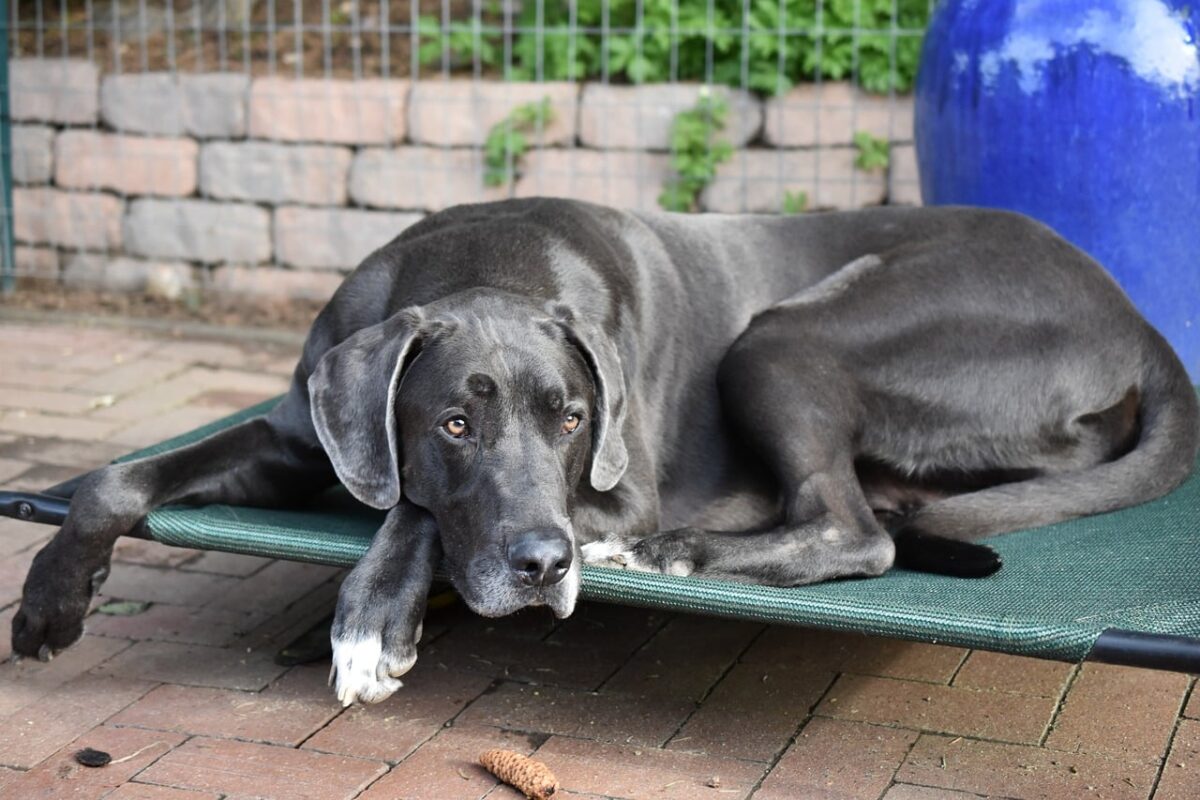 Shutterstock
Shutterstock
Great Danes, often referred to as the “Apollo of dogs,” are large and imposing but are also known for their surprisingly gentle nature. Despite their size, they are typically calm and affectionate, but their sheer size can be overwhelming to a cat. Cats may feel threatened or intimidated by the Great Dane’s enormous stature and exuberant nature. Although they can coexist with cats, their size and the potential for accidental roughness make them more difficult companions for a more delicate or anxious feline. Proper training and supervision are crucial for a peaceful relationship.
Boxer
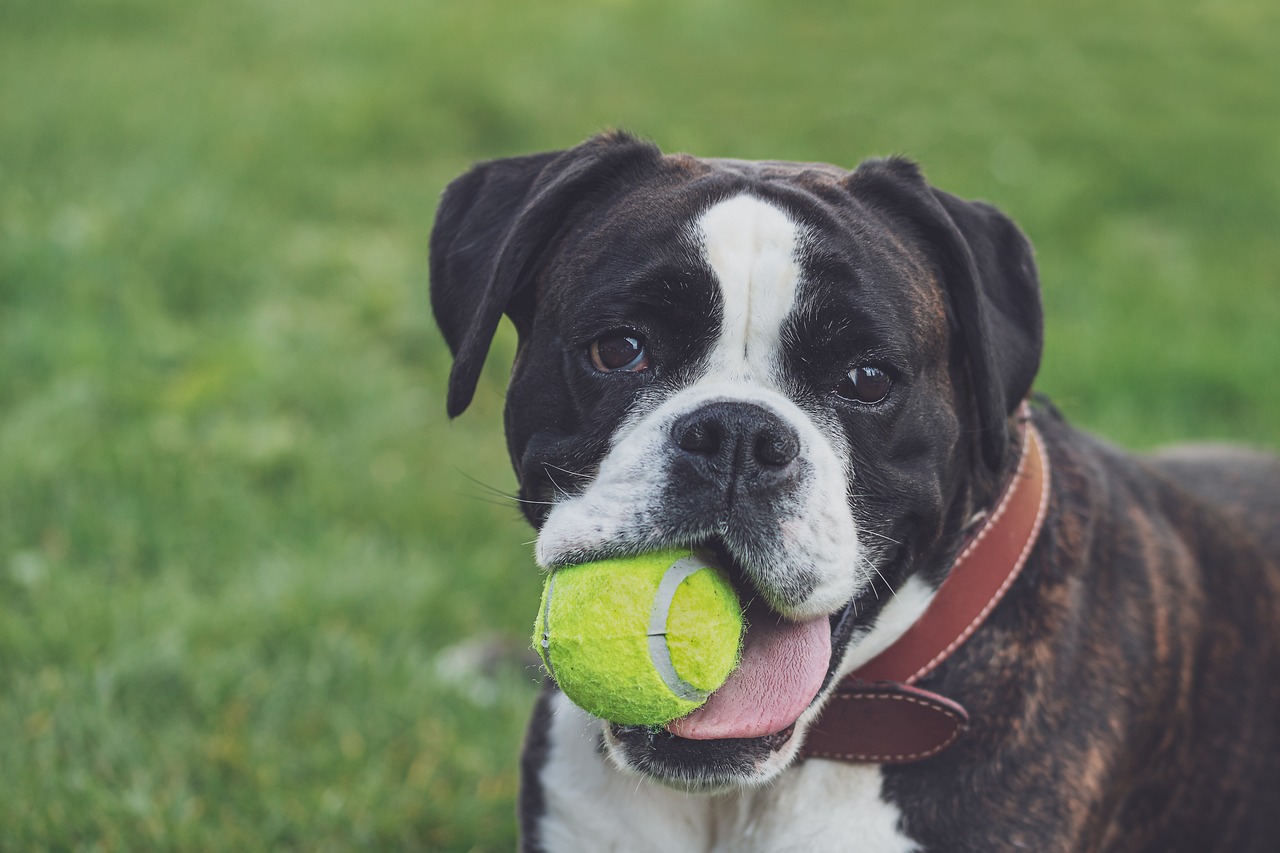 Shutterstock
Shutterstock
Boxers are high-energy, playful dogs with a strong prey drive that can make them a difficult match for cats. Their natural exuberance and boundless enthusiasm might feel threatening to a cat, as Boxers tend to jump, chase, and play rough, which can be overwhelming for a smaller, more reserved creature like a cat. Additionally, Boxers are known to be quite dominant, and if not trained properly, they might not recognize a cat’s boundaries, leading to conflict. Though with patience and careful introductions, some Boxers can coexist with cats, the breed’s energetic nature makes it more likely for friction to occur.
Doberman Pinscher
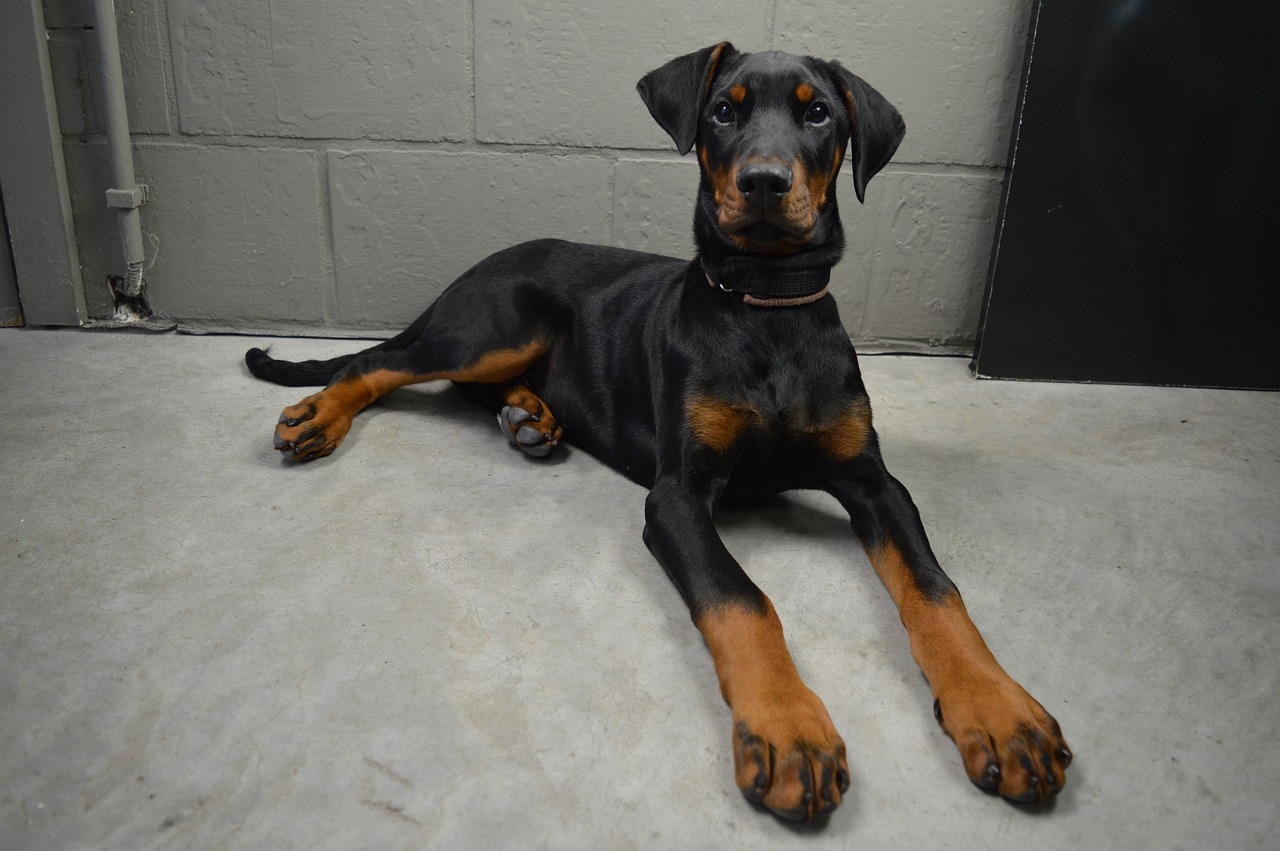 Shutterstock
Shutterstock
Doberman Pinschers are intelligent and protective dogs, traits that make them excellent watchdogs. However, their sharp instincts and high prey drive often result in them being overly interested in cats, which they may see as small animals to hunt or control. Dobermans are loyal, but their alertness and high energy can be unsettling for a cat, especially if they try to chase or corner them. While early socialization can help mitigate these instincts, their intense drive to protect their territory may lead to tensions with a cat, making them an unlikely friend.
Border Terrier
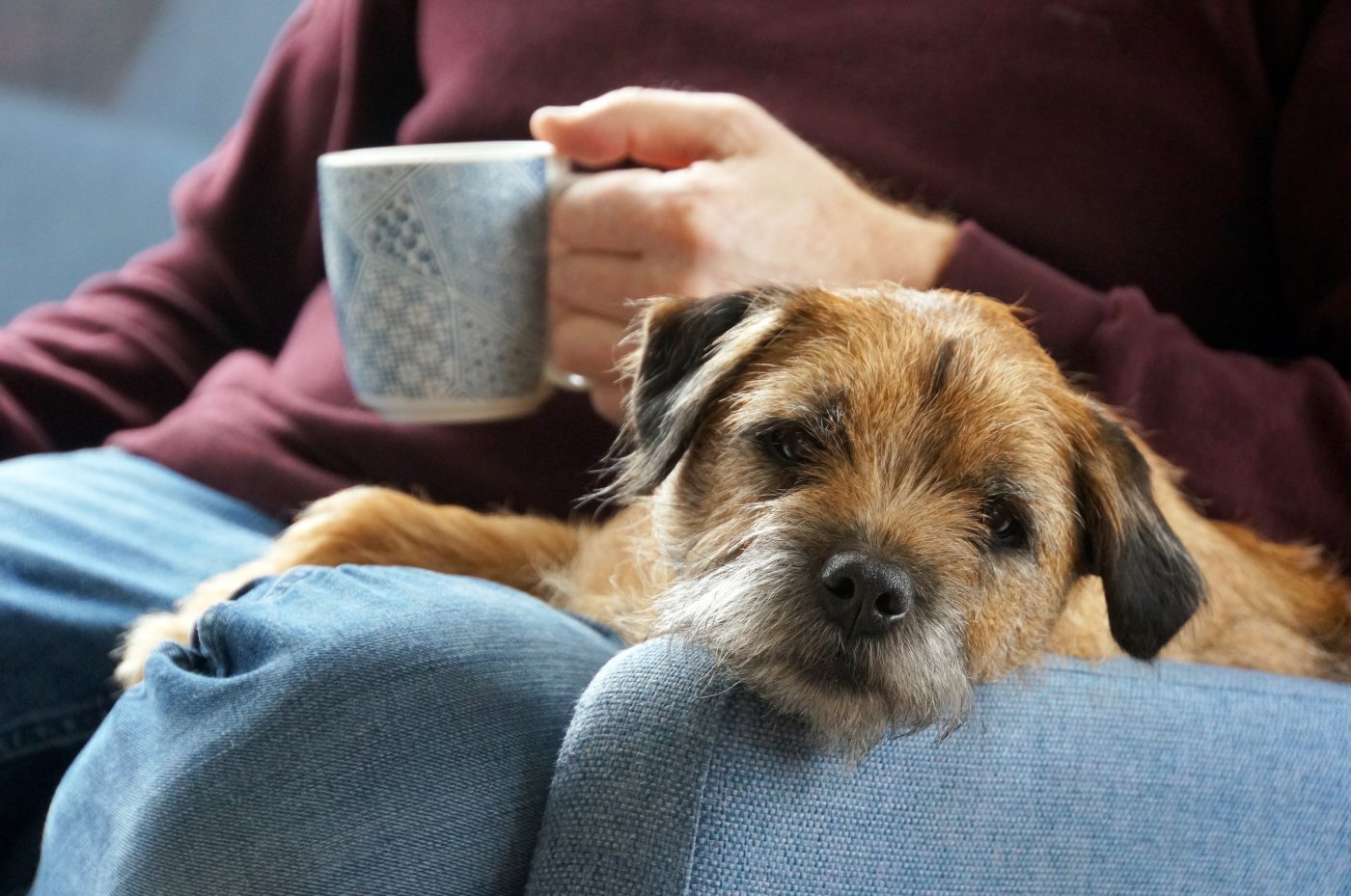 Shutterstock
Shutterstock
Border Terriers are small but scrappy dogs with a strong hunting instinct. Originally bred to hunt small game-like foxes and rodents, their strong prey drive is one of their defining characteristics. This drive can make Border Terriers more likely to chase and try to catch small animals, including cats. Their high-energy, inquisitive nature also means they’re constantly on the move and may unintentionally agitate a cat. While Border Terriers can be friendly and affectionate, their instinct to chase and their boundless energy often make them a poor match for feline companionship.
Chihuahua
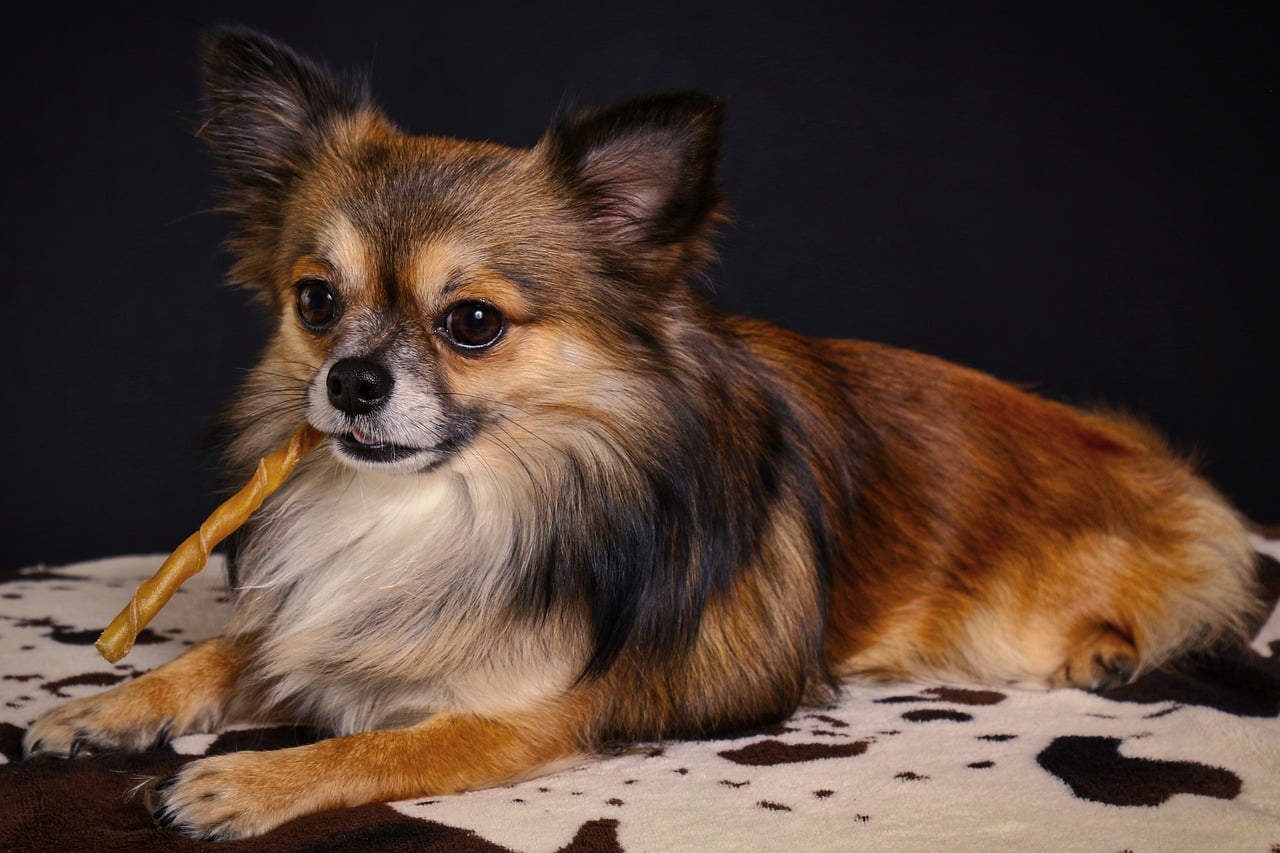 Shutterstock
Shutterstock
Chihuahuas are small, feisty dogs that can have a big personality in a tiny body. While many Chihuahuas enjoy being the center of attention, their dominant nature and tendency to act out of fear can make them difficult to introduce to cats. Chihuahuas are often territorial, and their little-dog syndrome can mean that they’re quick to snap or bark at cats, especially when feeling threatened. Their tendency to be possessive of their space or their owner can lead to jealousy and aggression, making it difficult for them to coexist peacefully with felines.
Miniature Pinscher
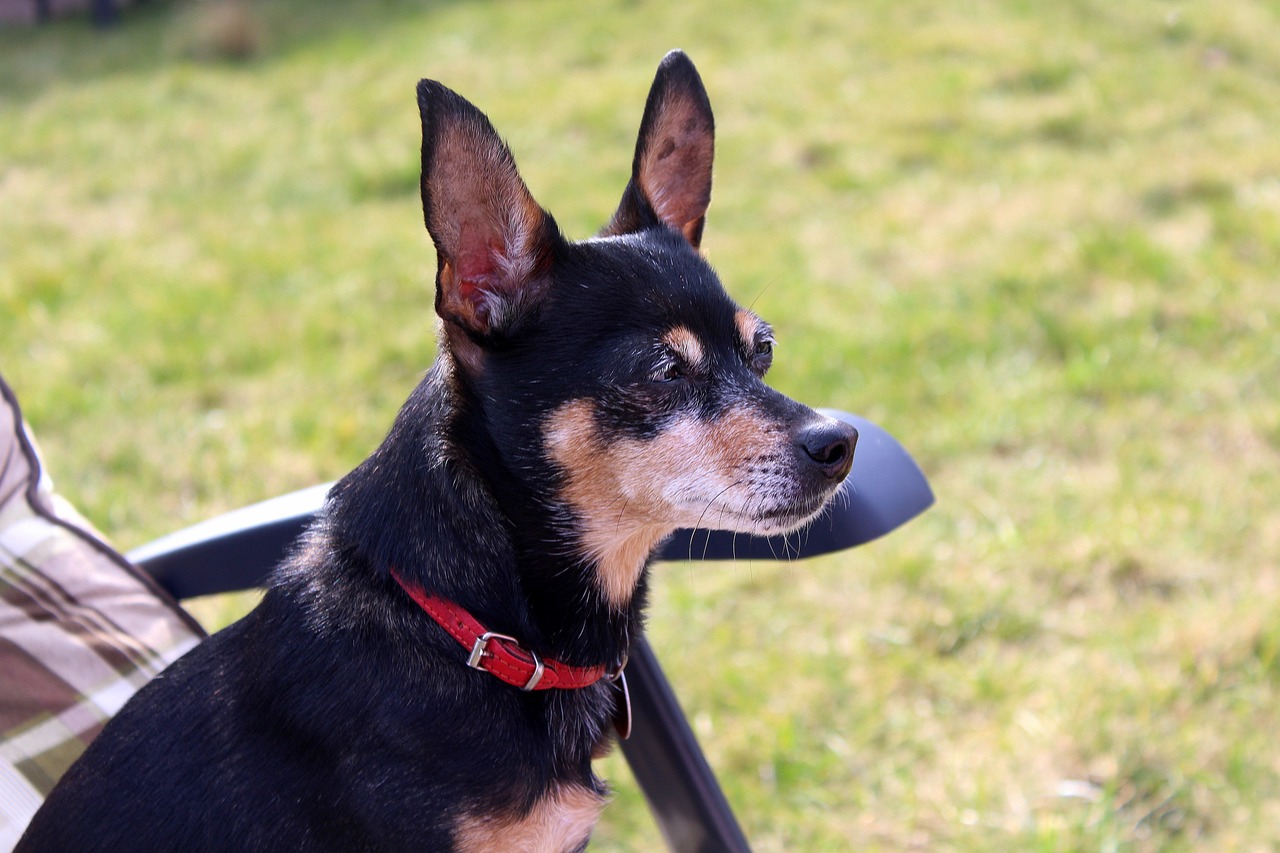 Shutterstock
Shutterstock
Miniature Pinschers are energetic and bold little dogs with a strong prey drive. While they may be small in size, their bold personalities and relentless energy can make them intimidating to cats. Miniature Pinschers tend to chase smaller animals due to their hunting instincts, and cats often feel threatened by their sudden movements and enthusiasm. Despite being affectionate towards their family, these dogs are fiercely independent and may not be willing to share their space with a cat, especially without proper training and supervision.
Bullmastiff
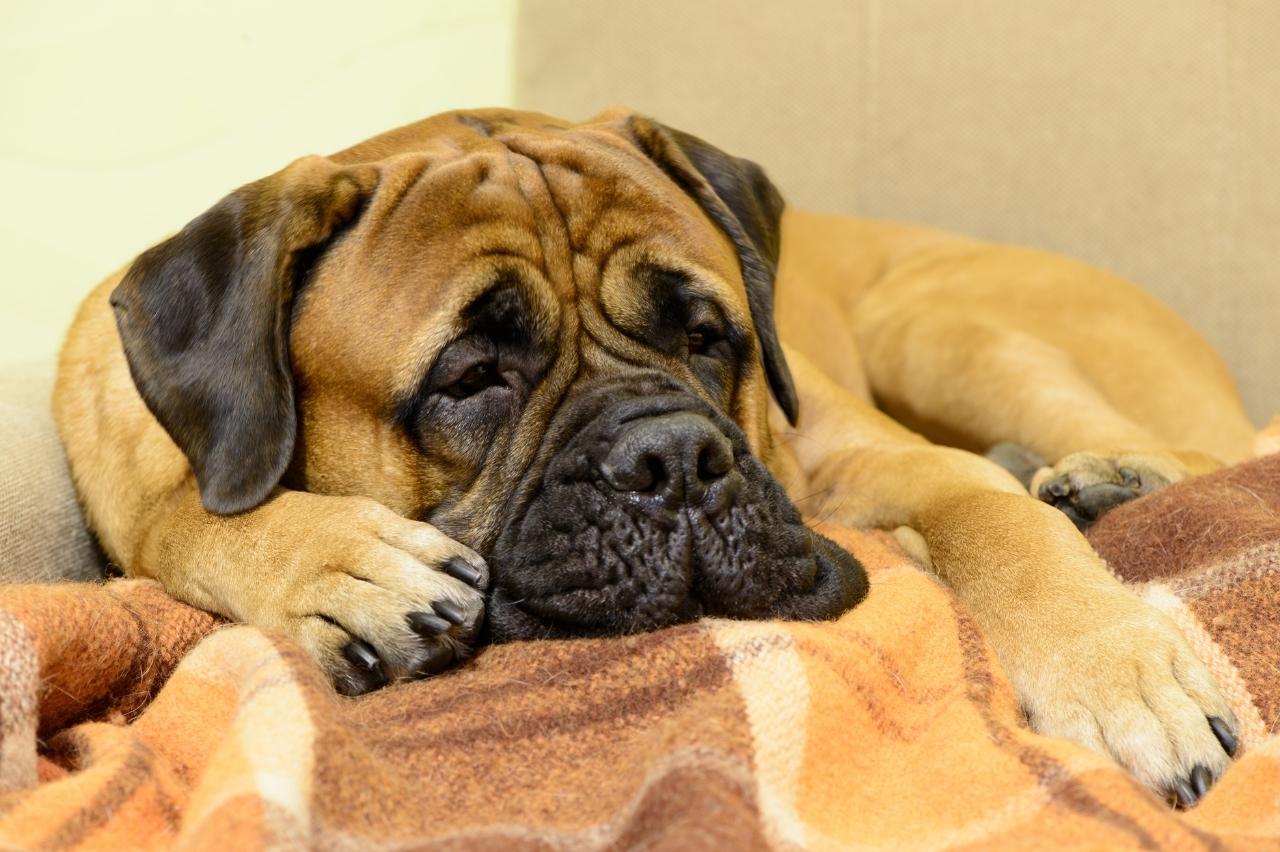 Shutterstock
Shutterstock
Bullmastiffs are large, powerful dogs known for their calm demeanor and protective nature. However, despite their generally gentle temperament, their size and strength can intimidate a cat. Bullmastiffs were originally bred to guard estates, and their protective instincts can sometimes translate into suspicion of smaller animals in their environment. Though typically relaxed indoors, their natural inclination to protect and their ability to overpower smaller creatures can create tension in a household with a cat. Their dominance and the potential for rough play may make them unsuitable companions for a more delicate or anxious feline.
Bearded Collie
 Shutterstock
Shutterstock
Bearded Collies are friendly, energetic dogs that love to herd, and their herding instincts can sometimes cause them to chase smaller animals, including cats. Their lively, active nature and enthusiasm to run around the yard or home may be overwhelming for a cat, who often prefers a calmer, more relaxed environment. Although they’re typically good-natured, their instinct to herd and chase could make it difficult for them to live harmoniously with a cat. Cats may not appreciate the Bearded Collie’s constant motion and could become stressed or frightened by their exuberance.
Rhodesian Ridgeback
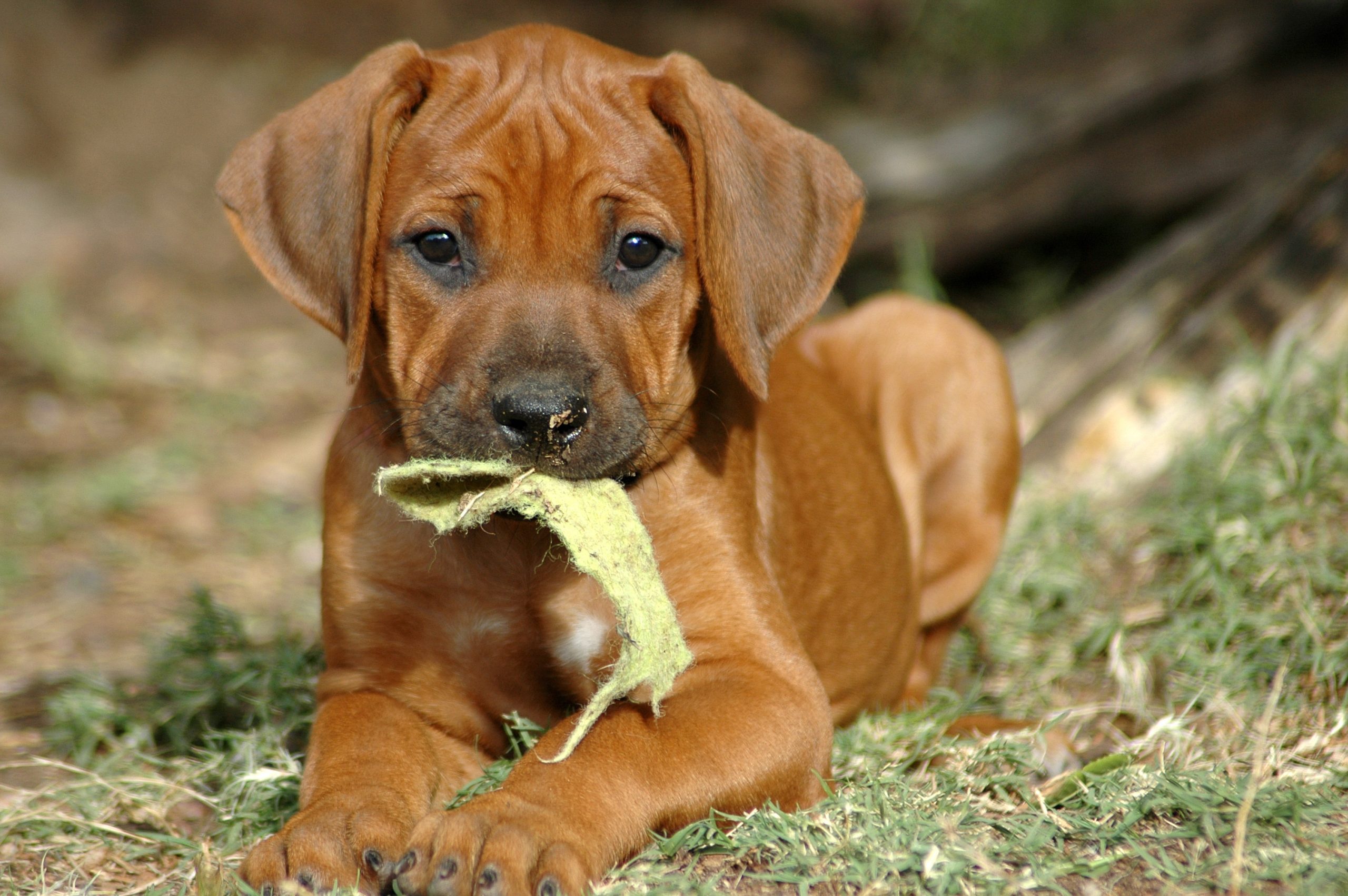 Shutterstock
Shutterstock
Rhodesian Ridgebacks are strong, independent, and fiercely loyal dogs that were originally bred to hunt large game, including lions. This hunting instinct, paired with their naturally confident and assertive nature, makes them less likely to get along with smaller animals like cats. Ridgebacks tend to have a strong prey drive and may view cats as something to chase or dominate. While they are gentle and affectionate with their families, their high energy and assertive personality can make them difficult for a cat to bond with. Cats may find the Ridgeback’s presence intimidating, and without proper training, their instincts can cause friction between the two species.
The Chase Is On Not All Dogs Are Cat-Friendly
 Shutterstock
Shutterstock
While these dog breeds may not be the best fit for households with cats, that doesn’t mean they aren’t wonderful companions in the right environment. Many of these breeds are loyal, intelligent, and full of personality, but their strong prey drives or energetic natures can make it difficult for them to get along with cats. If you’re a cat owner considering adding a dog to your home, it’s essential to consider the dog’s temperament, training, and instincts before deciding. With the right approach, however, even the most unlikely pair can sometimes learn to coexist.
 Toledo, United States.
Toledo, United States.